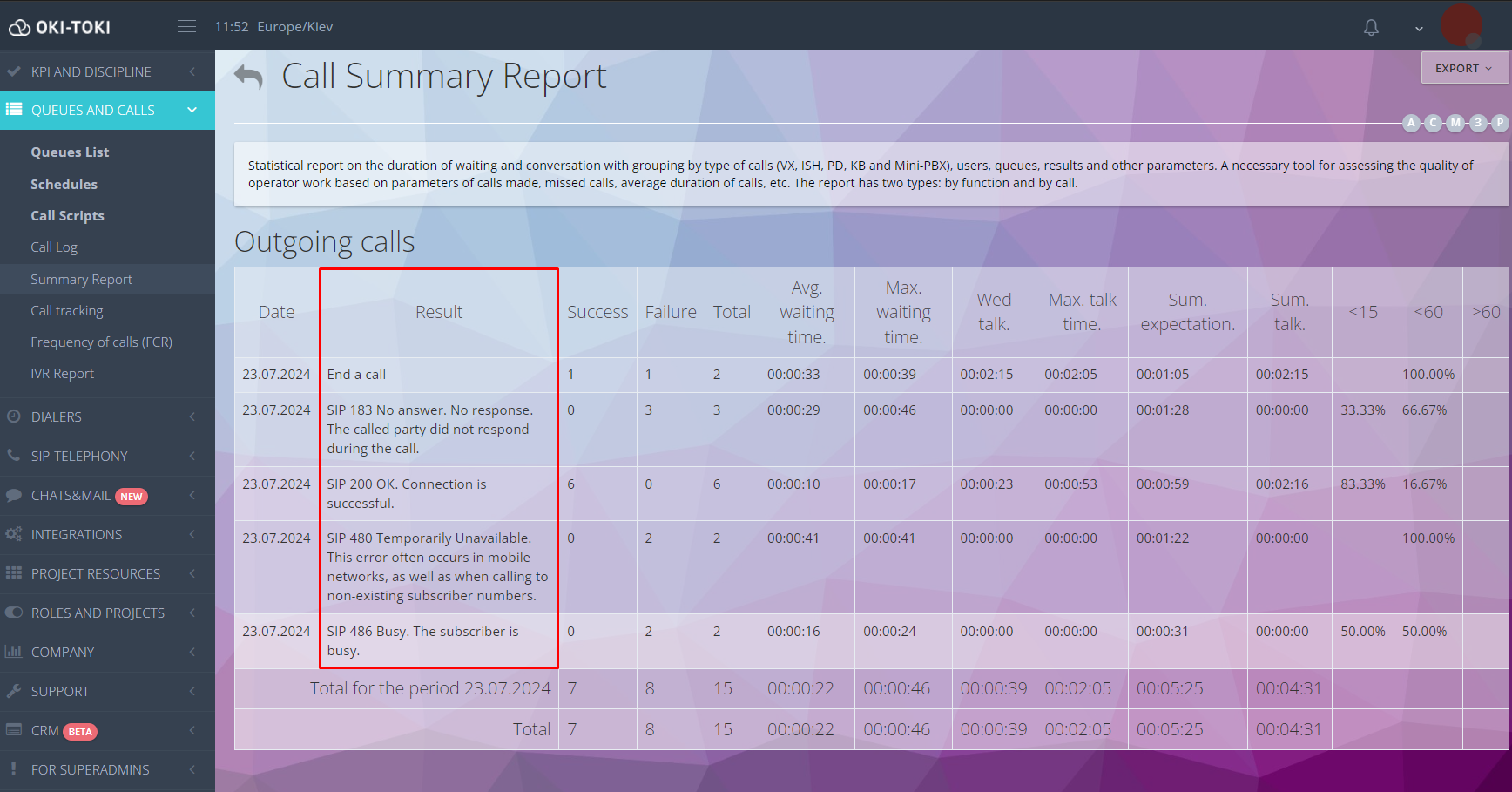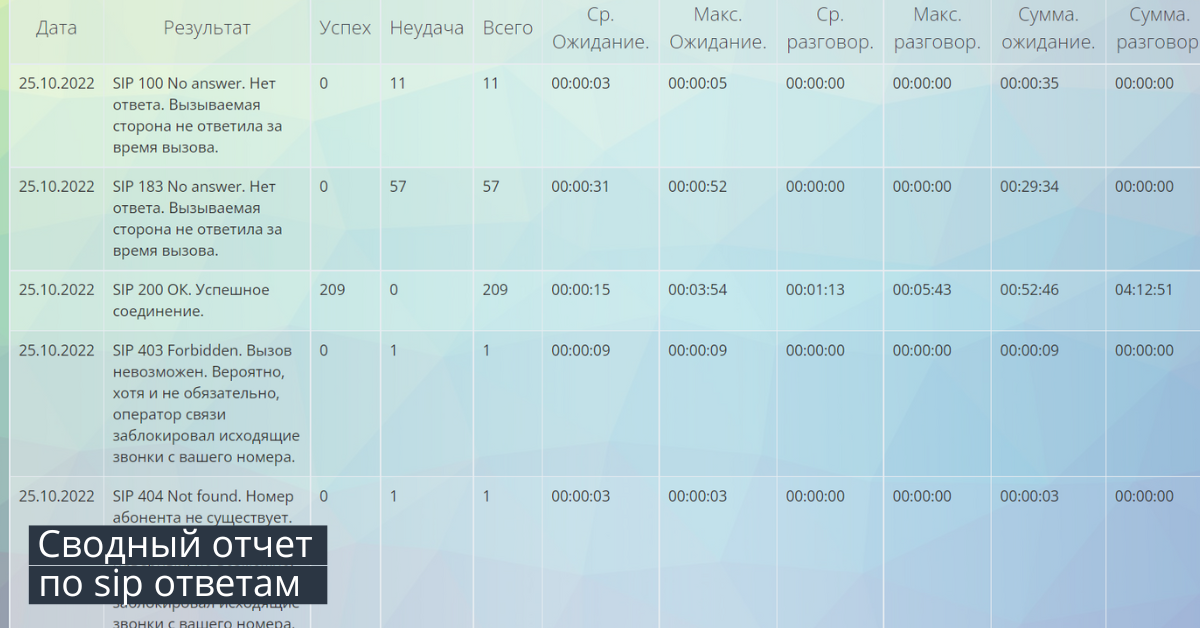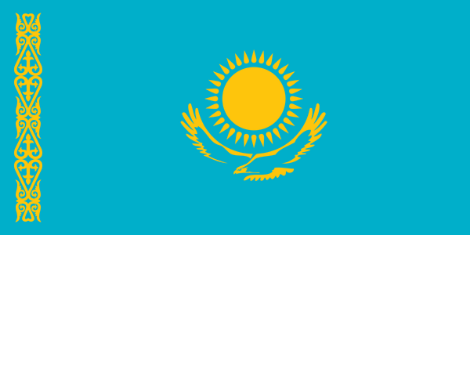Part 2: Decoding Messages
Understanding what a SIP response is can be made easy and simple by reading our article. First part.
Common SIP responses in Oki-Toki and the likely reasons for their occurrence (for others, read here, and for all – here): This article relates to the products: Cloud Call Center
1. Why does a call fail with SIP 100?
The duration of call processing may be restricted by any IP phone, PBX, and SIP communication provider: if the SIP provider does not provide any information about the progress of call processing after accepting it (SIP 100), the call is forcibly terminated (in our case after 10 seconds). Typically, under working conditions, it takes 0.1 – 3 seconds from SIP 100 to any other response. This is the practical norm. But 10 seconds is a cause for analysis and involvement from the telephony SIP provider. Just imagine – You hit the “Call” button on your mobile phone, but the call doesn’t start until after 12–15 seconds. This cannot be considered normal 🙂
2. SIP 403 – means “Forbidden”:
- Call to a nonexistent number;
- The balance on the sip telephony gateway, which was used to make the call, has ended;
- You are trying to make a call in a direction that is blocked by the SIP communications provider (for example, if you made a call to another country, and the SIP provider allows calls only within the country);
- The SIP gateway registration is not active. In this case, the SIP provider rejects our request to use an inactive gateway.
3. SIP 404 – number not found:
- Call to a nonexistent number (Alternatively, some SIP providers may give such an error if, for example, You made a call through the prefix “7”, and the SIP provider recognizes numbers only with the prefix “8”. This is solved by installing a transformation in the sip gateway);
- The SIP gateway registration is not active. The SIP provider rejects our request to use an inactive gateway.
4. SIP 480 – subscriber not available or number not served:
- Most commonly denotes what it spells out. The device is out of network coverage, the number is not in service, and so forth;
- Some SIP providers may erroneously send us this response when there are dial tones (where SIP 180/183 should be sent);
- Something happened on the SIP provider’s side, and it started determining all numbers as inactive.

5. SIP 503 – Internal telephony server error
- SIP gateway registration is inactive. In this case, the SIP provider deflects our request to use an inactive gateway;
- Possibly, account balance using SIP has expired.
- Any other reason related to internal problems on the telephony server.
6. SIP 603 – All cards are busy (Decline)
- Appears when you try to occupy a SIP provider’s line while all its lines are already occupied by other calls (or all lines are unavailable for any other reason).
As you may have noticed, SIP telephony providers describe identical situations with different codes. This is primarily because the SIP standard describes connection setup and related issues, not errors associated with the business process.
In addition to this, discrepancies can arise due to technical issues (varying equipment settings, different implementations of the standard, etc.)
Therefore, we recommend gathering a few recent examples in the form of subscriber numbers and exact call times and contacting the SIP provider with them. If the response fails to satisfy you, feel free to reach out to us—we’ll always stand by your side.
Here’s where you can learn how to create a report on SIP calls.
Good luck with your endeavours!
Stanislav Luchkin



